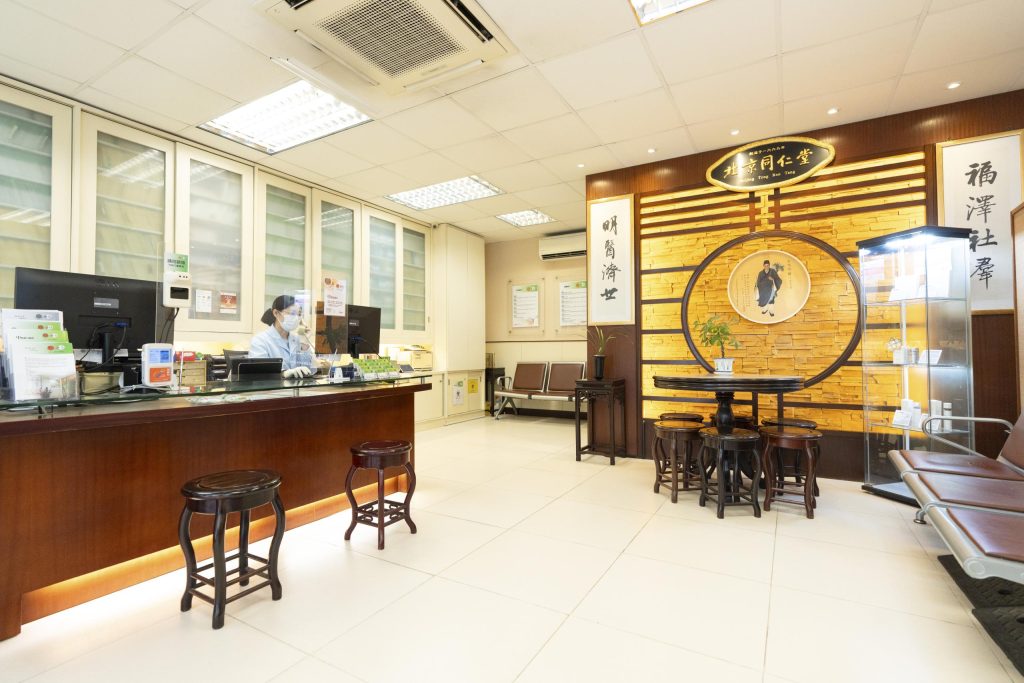Chronic pain is one of the most common health challenges in modern society, affecting millions worldwide. From persistent back pain and joint stiffness to migraines and muscle tension, ongoing discomfort can significantly reduce quality of life. Conventional treatments often rely on medications or surgical interventions, which may relieve symptoms temporarily but do not always address underlying causes. Chinese medicine offers a holistic and natural approach to pain management, focusing on restoring balance, improving energy flow, and promoting long-term well-being.
Professional 中醫痛症治療 emphasizes a comprehensive approach that targets the root of the problem, rather than merely suppressing symptoms. Through individualized treatments, Chinese medicine addresses both physical and emotional aspects of pain, helping patients achieve sustainable relief and enhanced overall health.
Understanding Pain Through Chinese Medicine
In Chinese medicine, pain is viewed as a manifestation of blocked or imbalanced Qi (vital energy) and disrupted blood circulation. Unlike conventional medicine, which often treats symptoms in isolation, Chinese medicine examines the body as an interconnected system. This perspective allows practitioners to identify the origin of pain and create personalized treatment strategies.
Qi and Blood Stagnation
Qi and blood circulate through meridians in the body, nourishing organs, muscles, and tissues. When this flow is obstructed, pain, stiffness, or inflammation may occur. Restoring smooth circulation through various therapies helps alleviate discomfort and supports natural healing.
Yin-Yang Imbalance
Pain may also stem from an imbalance between Yin and Yang energies. Excessive Yang can result in inflammation, heat, and acute pain, while excessive Yin may cause cold sensations, stiffness, and chronic discomfort. Treatment aims to harmonize these energies, promoting overall balance and vitality.
Organ and Meridian Connections
In Chinese medicine, specific organs and meridians are linked to particular types of pain. For example, kidney deficiencies can manifest as lower back pain, liver imbalances may cause headaches or muscle tension, and spleen weaknesses might result in joint discomfort. Recognizing these connections allows for targeted treatments that address the root cause.
Key Chinese Medicine Therapies for Pain Management
Chinese medicine utilizes a range of therapies designed to relieve pain, restore balance, and enhance the body’s self-healing abilities.
Acupuncture
Acupuncture is a core method in pain management. Fine needles are inserted into specific points along meridians to stimulate Qi flow, reduce inflammation, relieve pain, and improve overall health. It is commonly used for conditions such as arthritis, migraines, back pain, and neuropathy.
Herbal Medicine
Herbal formulas in Chinese medicine are tailored to each individual’s condition. These remedies combine natural ingredients, including roots, leaves, seeds, and minerals, to reduce inflammation, improve circulation, and alleviate pain. Personalized herbal treatments can enhance immunity and support long-term recovery.
Tui Na Therapeutic Massage
Tui Na massage combines acupressure, stretching, and joint manipulation to relieve tension, improve circulation, and restore mobility. It is particularly effective for musculoskeletal pain, posture-related discomfort, and chronic stiffness.
Cupping Therapy
Cupping therapy uses suction to increase blood flow, relieve muscle tightness, and enhance energy circulation. It can effectively address back pain, shoulder tension, and chronic muscular discomfort, while also supporting detoxification and relaxation.
Moxibustion
Moxibustion involves burning mugwort near specific acupuncture points to generate gentle heat. This therapy improves circulation, alleviates cold-related pain, and strengthens the body’s resilience. It is commonly used for joint pain, lower back discomfort, and chronic cold conditions.
Personalized Pain Assessment
Chinese medicine pain management emphasizes individualized assessment to create effective and targeted treatment plans.
Tongue and Pulse Diagnosis
Practitioners examine the tongue and pulse to evaluate organ function, energy flow, and areas of stagnation. Characteristics such as tongue color, coating, and texture, along with pulse strength and rhythm, provide important diagnostic clues.
Lifestyle and Emotional Evaluation
Stress, emotional tension, and lifestyle habits play a significant role in pain development. Chinese medicine considers these factors to ensure treatments address both physical and psychological contributors to discomfort.
Pattern Differentiation
Even when symptoms appear similar, the underlying causes may vary among individuals. Pattern differentiation ensures therapies target the root of the problem, enhancing effectiveness and promoting lasting relief.
Benefits of Chinese Medicine Pain Management
Chinese medicine offers numerous advantages for managing pain:
-
Holistic Approach: Treats the body, mind, and environment as interconnected systems.
-
Natural Therapies: Supports the body’s innate healing ability without overreliance on medication.
-
Personalized Care: Customized treatments based on individual patterns and constitution.
-
Preventive Focus: Reduces risk of recurrence and strengthens overall health.
-
Complementary Approach: Can be integrated with conventional medicine for comprehensive care.
Supporting Pain Management Through Lifestyle
Incorporating Chinese medicine principles into daily life enhances treatment outcomes and helps prevent future pain:
-
Maintain proper posture and ergonomics in work and daily activities.
-
Practice gentle exercises such as Tai Chi or Qi Gong to improve circulation and flexibility.
-
Consume a balanced diet that supports organ health and reduces inflammation.
-
Engage in mindfulness, meditation, or breathing exercises to reduce stress and emotional strain.
-
Pay attention to the body’s signals, adjusting activity levels to prevent overuse or strain.
Conclusion
Chinese medicine pain management offers a natural, holistic, and individualized approach to relieving both acute and chronic discomfort. Therapies such as acupuncture, herbal medicine, Tui Na massage, cupping, and moxibustion address the root causes of pain while promoting overall health. Combined with lifestyle guidance and preventive strategies, Chinese medicine provides sustainable relief, enhances physical function, and supports emotional well-being. By focusing on balance, energy flow, and personalized care, it presents an effective solution for managing pain in today’s modern world.


